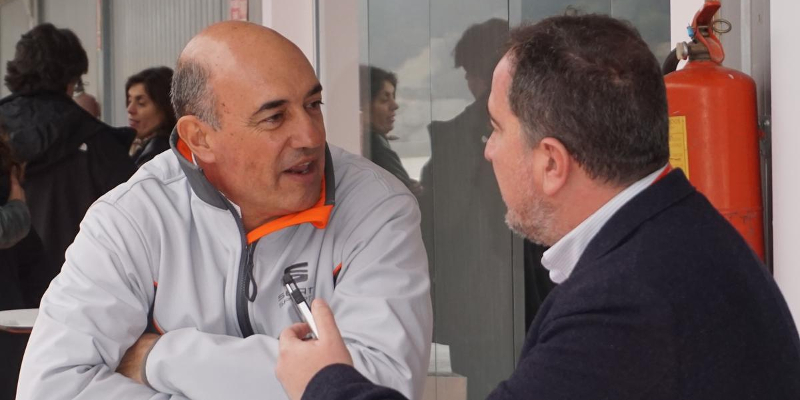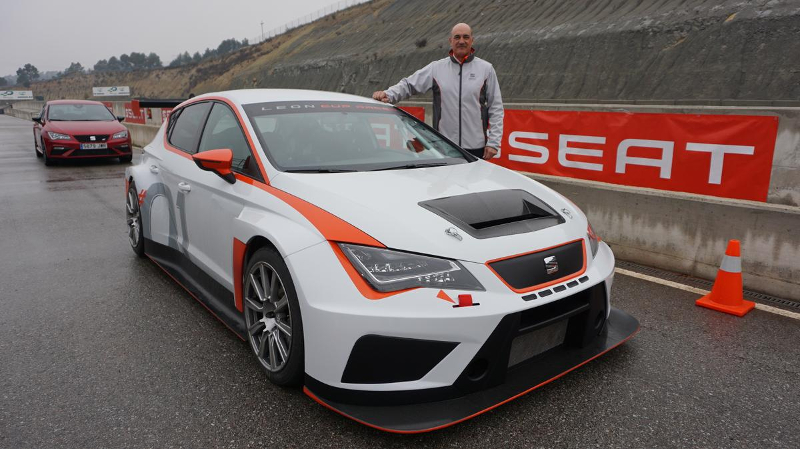 SEAT Sport Director Jaime Puig wants a ‘higher ratio of SEAT cars in racing’ as he revealed that the manufacturer sold 15 more TCR cars than expected between 2015 and 2016.
SEAT Sport Director Jaime Puig wants a ‘higher ratio of SEAT cars in racing’ as he revealed that the manufacturer sold 15 more TCR cars than expected between 2015 and 2016.
SEAT were the very first manufacturer involved in the TCR concept, as the regulations were inspired by the successful SEAT León Cup Racer which débuted in 2014.
As a result the Spanish manufacturer has enjoyed an ever-present status in the TCR championships around the world.
However, with the acceleration of the concept, additional brands have come on board, and Puig is now aiming to bolster the presence of SEAT in the various TCR championships. The marque has, for example, just two cars announced to-date in the burgeoning TCR Germany Series for 2017.
“Our objective is to continue giving an optimum service to our customers and to have a higher ratio of SEAT cars in racing,” explained Puig. “We want to give the best service so our drivers can compete in the best conditions possible and help them to improve and enjoy their SEAT.
“Between 2015 and 2016 we nearly sold 190 cars, [which was] a great success. We then made a reasonable forecast of other 25 units for the TCR. In the end, we sold those 25 units before the end of the year, and we had to build another 15, which have also been sold. We are very proud.”
Despite the bid to increase the presence of SEAT in racing, SEAT Sport were also heavily involved in the development of the Volkswagen Golf GTi and the Audi RS3 LMS within the Volkswagen – Audi Group range.
“The cars were jointly developed with VW and Audi. We lead the development because we started earlier, but their bet on the TCR Series is a great help because we have more resources. For instance, if we have to do wind tunnel work, we have Audi and they give us the priority; the sequential gearbox is an evolution developed by Volkswagen, so it’s good to be working all together.
“But, obviously, we all want to win, so we have to fight in the races. I want SEAT to win always but, if that isn’t possible, it’s good news to see a car from the group on top.”

In order to maintain the competitiveness of the León, which was the TCR ‘Model of the Year’ in 2016, Puig adds that the car has undergone a few upgrades recently.
“We have worked hard to improve the car,” continued Puig. “We have improved the gearbox, both the DSG and the sequential versions, with the Sadev being now faster when engaging a gear. We have also improved the engine, being just short of 350 CV before and now reaching that figure in both versions.
“We have also worked in the braking, the ABS and the ESP (which can be used in Endurance races), and made improvements affecting reliability, a very important factor.
“This is one of the advantages of having so many cars racing around the world, in all varied climate conditions and under all sorts of demands. We have cars competing even in countries where SEAT isn’t present, such as the USA or Thailand.
“Last season was sensational, we are very proud and we also had several awards acknowledging the León as the best car. This is important.”
